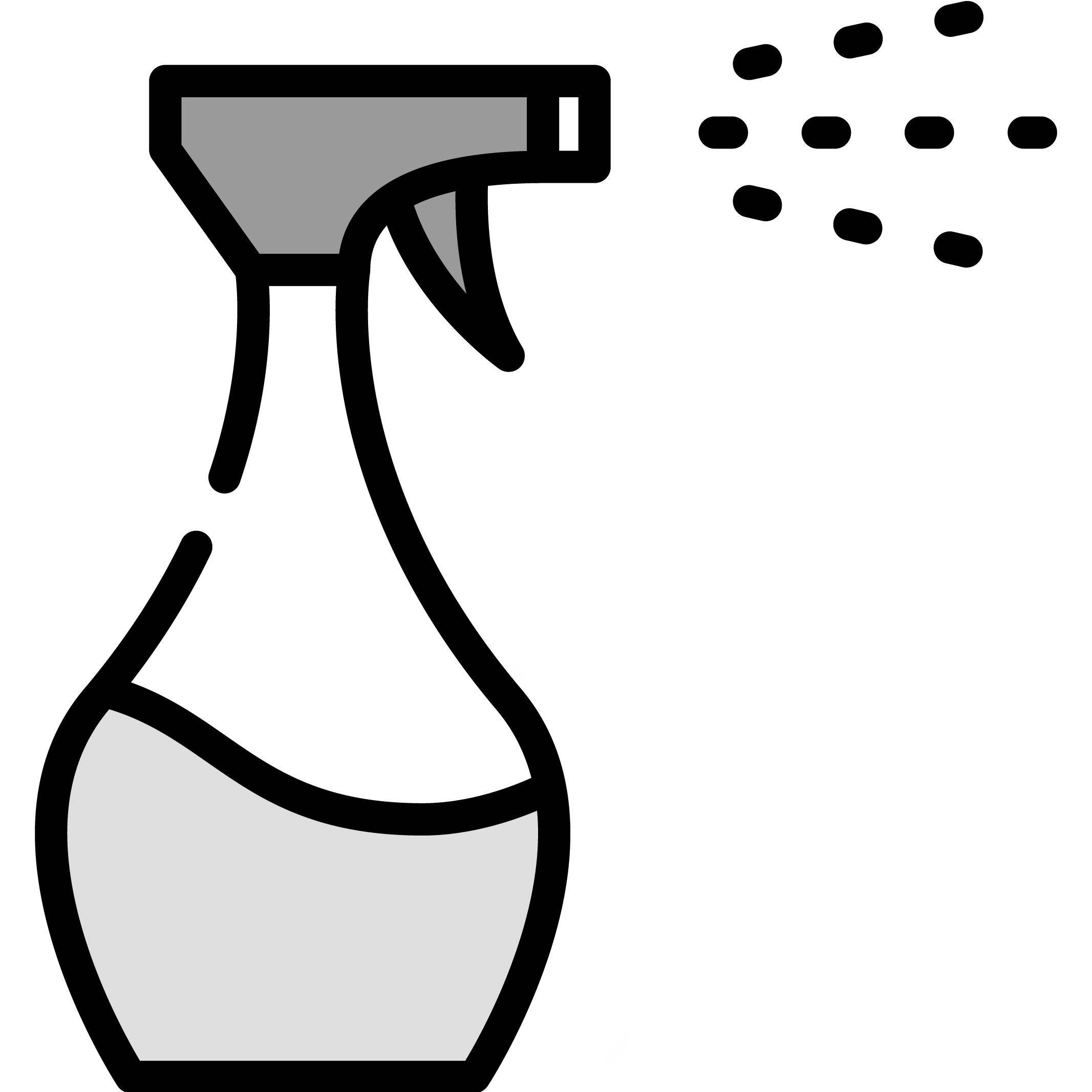Every down garment has specific care instructions that are unique to that style. These are listed on the care label sewn into the garment on the interior side seam and are also included on our website’s selling page for that garment. In addition, the following instructions are for the general care of all down-insulated garments.

Secure all garment closures, including pockets, before laundering.

During machine washing, be sure your garment is rinsed thoroughly so that no soap residue is left in the down.

Tumble dry your garment using LOW HEAT.

At the end of the cold-weather season, store your down garment loosely in a closet or chest. If covered, use a breathable fabric such as cotton or mesh. Do not store your down garment in a compressed form, and do not place it in a plastic box or bag. Plastic doesn’t breathe, and this can damage the down.

Your garment has two primary weatherproofing technologies: an interior waterproof/breathable laminate or coating membrane that prevents water from penetrating the fabric; and an exterior durable water-repellent (DWR) finish that causes moisture to bead on the surface and roll off. The efficiency of both these technologies is preserved, and the DWR can be revived, by periodic washing and drying.

Periodically washing and drying your garment on low heat can revive the StormRepel finish for a period of time.

When washing and drying on low heat no longer restores the water-repellency's beading action, you can re-apply a DWR finish to the exterior of the garment. There are a number of spray-on or wash-in DWR treatments available at many sporting goods stores. Many dry cleaners also offer DWR finish treatments.

Similar to car wax, all water-repellent finishes are TEMPORARY: Over time, through wear and tear, exposure to dirt, campfire smoke and other environmental impurities, the repellency of the finish will start to fail and water will stop beading on the surface.